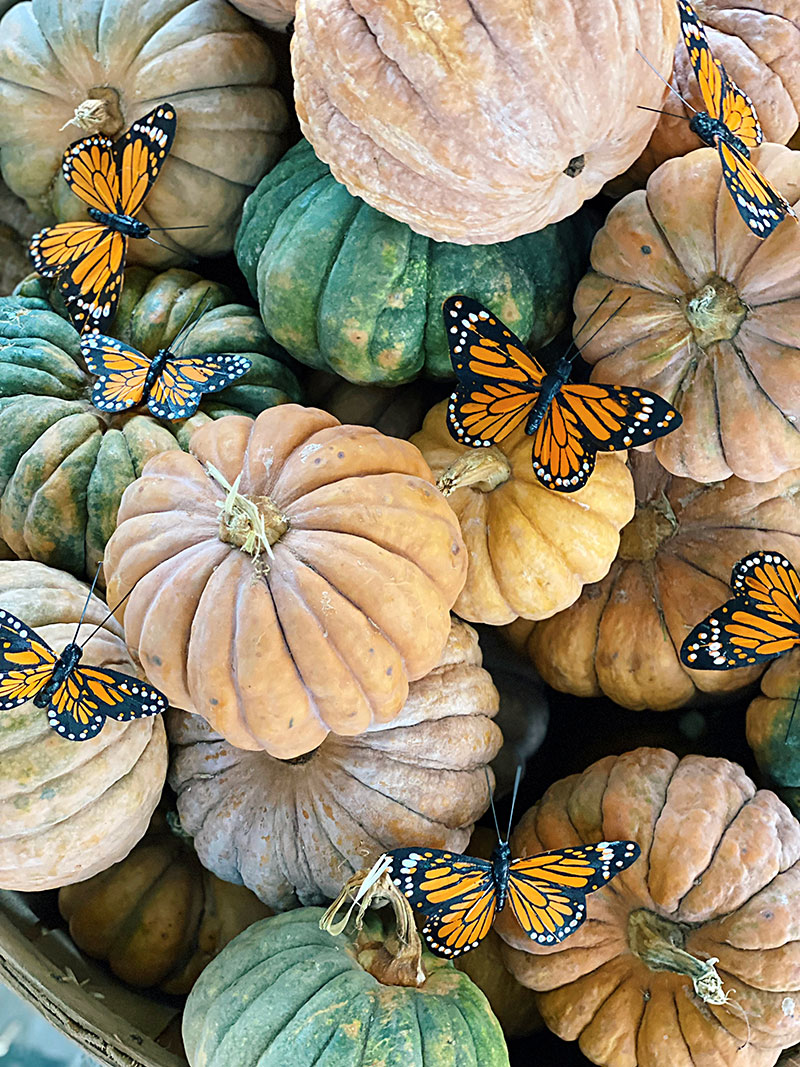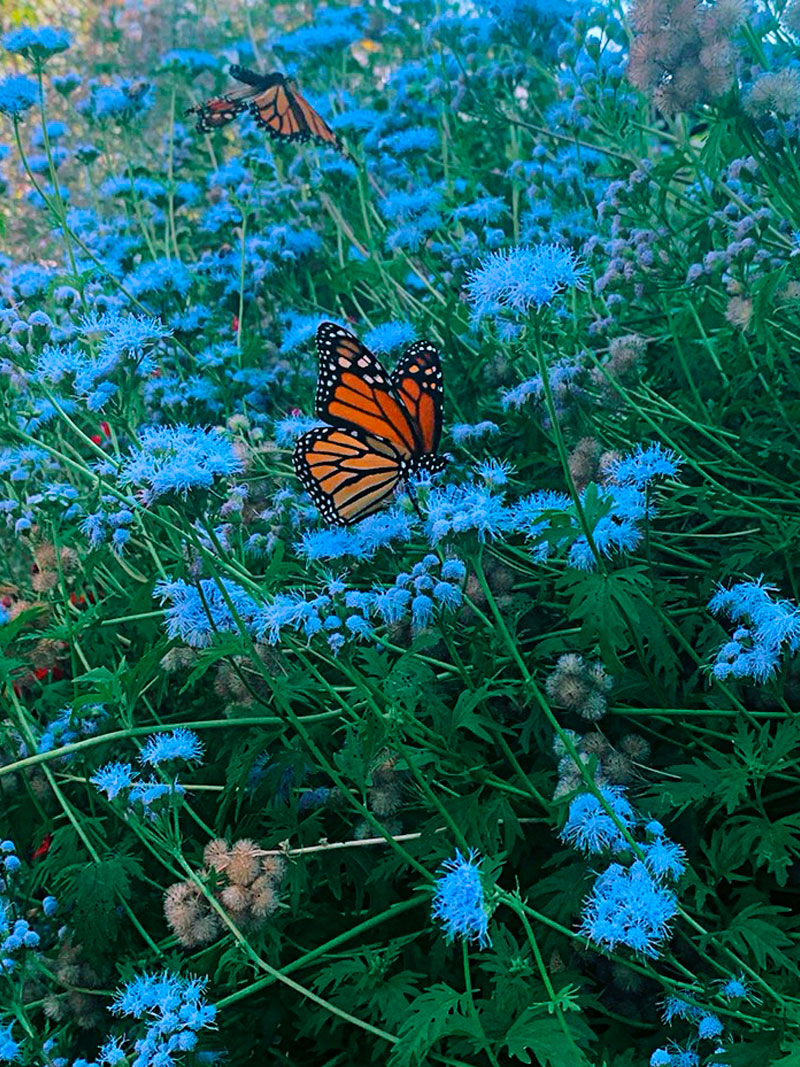It’s impossible to overstate the importance of pollinators in our world. Three quarters of the most common human food crops, like potatoes, coffee, and fruit, must be pollinated, as well as fields of livestock crops, such as alfalfa and clover. In Texas, our pollinators range from the usual suspects of bees, hummingbirds, and butterflies to moths, wasps, and beetles, but ants, flies, and bats lend a hand as well. So how can we help these hard workers do their important job?
- Plant a pollinator garden – even a tiny space can make a substantial difference, so add a few pots of colorful plants to your balcony right now for both you and the pollinators to enjoy. If you have a larger space, create a garden cultivated specifically for your pollinators. Wildflower seeds are an easy option, just make sure to sow the seeds in a sunny spot after the first frost (in North Texas, the average first freeze occurs November 22), eliminating any chance of germination. Planting various fall seeds gives you a jump start on helpful spring blooms.
- Provide a water source – choose plants, such as Texas honeysuckle, which hold water, place a shallow bowl in a sunny area (add a few small rocks or even a cork to provide a perch, allowing bees to stand and drink), or create a muddy spot.
- Provide shelter and cover – utilize a bee box, a bird house, or set aside a certain area to remain more natural in order to offer a safe place to shelter.
- Forgo pesticides – there are many natural options to control the pests you don’t want without hurting the pollinators we desperately need. Soap spray, hot pepper spray, or DE are all helpful.
- Stick to native – plants that do well in North Texas will produce the biggest and best blooms with little effort. Lantana, Turk’s cap, black-eyed susan, coneflower, and sunflowers are all great options.
- Immerse yourself in hundreds of free-flying butterflies at Texas Discovery Gardens – Located within Dallas Fair Park, the two-story indoor Rosine Smith Sammons Butterfly House and Insectarium will surely inspire you to support our local pollinators.
Keep an eye out now as monarch butterflies begin their migration through Texas on their way to Mexico for the winter. It might be too late to add milkweed to your garden for this trip, but consider it for next spring. You can start seeds indoors in pots eight to ten weeks before last spring frost date (in North Texas, the average last freeze occurs March 12), then move them outside to plant in full sun once the chance of a freeze has passed. Texas has the most native milkweed species of any state with 37 species, so choosing one that suits your garden is easy. And since monarch egg and caterpillar stages of life occur exclusively on the milkweed plant, your efforts will be appreciated!
For more information on the significance of monarch butterflies in our local ecosystems, plus a hands-on Monarch Bookmark Workshop led by Gracy of Buttercup, join us all day in The Shed September 28th and 29th. Only $5 per unique bookmark.












